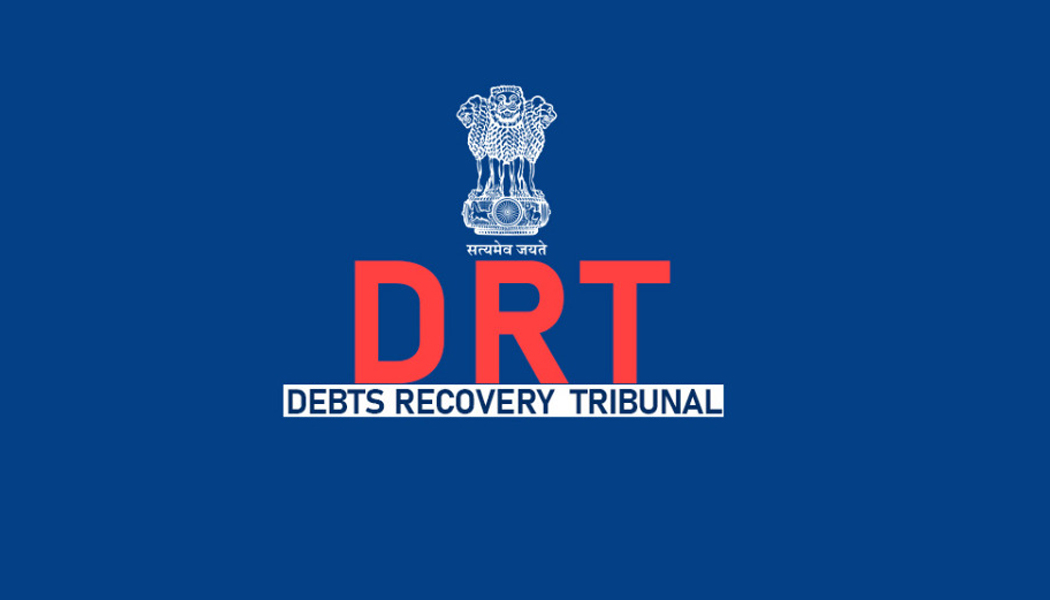
What is SA application in DRT?
A Securitization Application (SA) is a type of application that can be filed in a Debts Recovery Tribunal (DRT) by any person who is aggrieved by any action taken by a secured creditor under the Securitization and Reconstruction of Financial Assets and Enforcement of Security Interest Act, 2002 (SARFAESI Act).
The SA must be filed within 45 days of the date on which the aggrieved person becomes aware of the action taken by the secured creditor. The SA can be filed by the borrower, any third party with an interest in the secured asset, or any person who is otherwise affected by the action taken by the secured creditor.
The SA must contain the following information:
- The names and addresses of the applicant and the respondent (secured creditor)
- A detailed description of the action taken by the secured creditor
- The grounds on which the applicant is aggrieved by the action taken by the secured creditor
- Any relief that the applicant is seeking from the DRT
The applicant must also attach supporting documents to the SA, such as copies of the loan agreement, the SARFAESI notice, and any other relevant documents.
Once the SA is filed, the DRT will issue a notice to the secured creditor and schedule a hearing. The secured creditor will have an opportunity to respond to the SA and present their own evidence.
The DRT will then decide whether to grant the relief sought by the applicant. The DRT can grant a variety of reliefs, such as:
- Setting aside the action taken by the secured creditor
- Ordering the secured creditor to take specific action
- Awarding damages to the applicant
SA applications are a valuable tool for borrowers and other stakeholders who have been affected by an action taken by a secured creditor under the SARFAESI Act. The DRTs are specialized tribunals that are well-equipped to handle SA cases.
Examples of situations where an SA application may be filed include:
- A borrower may file an SA if they believe that a secured creditor has wrongfully foreclosed on their property or has taken possession of their goods without following the proper procedures under the SARFAESI Act.
- A third party with an interest in a secured asset may file an SA if they believe that a secured creditor is planning to take action that will damage the asset.
- A person who is affected by an action taken by a secured creditor under the SARFAESI Act, even if they do not have a direct interest in the secured asset, may file an SA.
If you are considering filing an SA application, it is important to seek legal advice from an experienced lawyer who can help you to understand your rights and options.
Adcocate J.S. Rohilla (Civil & Criminal Lawyer in Indore)
Contact: 88271 22304
